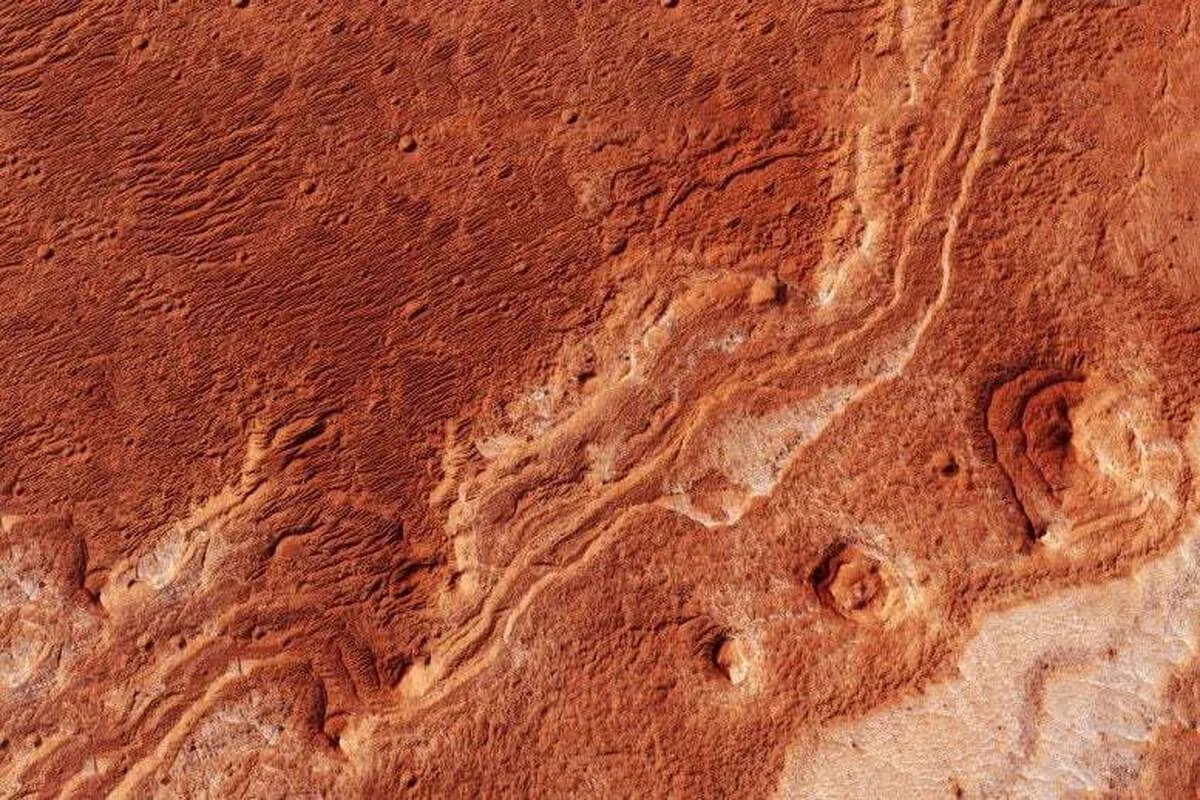Scientists Discover Mysterious Earth-Like Patterns in Martian Soil

Although Mars has a dry, dusty surface and a thinner atmosphere, it may share more similarities with Earth than scientists once believed, the journal Icarus reported.
In a new study, researchers at the University of Rochester, including PhD student JohnPaul Sleiman and assistant professor Rachel Glade from the Department of Earth and Environmental Sciences, found that certain soil features on Mars closely resemble wave-like soil patterns seen in Earth’s coldest regions.
This suggests that, despite their differences, both planets may be shaped by similar physical forces and icy environmental processes. Published in the journal Icarus, the study provides new clues about Mars’ climate history, the types of environments that might have once supported life, and the physics of how granular materials behave.
The researchers analyzed high-resolution satellite images of nine crater sites on Mars and compared them to similar locations on Earth. They discovered that the wave-like landforms on Mars closely match the shapes and geometric patterns of solifluction lobes, which are found in cold, mountainous regions on Earth such as the Arctic and the Rocky Mountains.
These patterns, Glade says, “are large, slow-moving, granular examples of common patterns found in everyday fluids, like paint dripping down a wall.”
The biggest difference?
“The Martian versions are about, on average, 2.6 times taller,” she says.
The researchers show that this height difference is precisely the number expected if the physical properties of the soil and Mars’ weaker gravity allows the lobes to grow taller before collapsing. On Earth, solifluction lobes form when the ground freezes and partially thaws, loosening soil enough for it to slowly creep downhill over time.
Mars likely experienced freeze-thaw cycles resembling Earth, although Martian cycles were likely driven by sublimation—where ice turns directly into a vapor—rather than liquid water-based thawing.
The research suggests that Mars may once have hosted icy conditions that shaped its surface in ways similar to Earth, shedding light on the planet’s climate evolution, the potential role of water, and where to look for signs of past life.
“Understanding how these patterns form offers valuable insight into Mars’ climate history, especially the potential for past freezing and thawing cycles, though more work is needed to tell if these features formed recently or long ago,” Sleiman says. “Ultimately, this research could help us identify signs of past or present environments on other planets that may support or limit potential life.”
4155/v





















